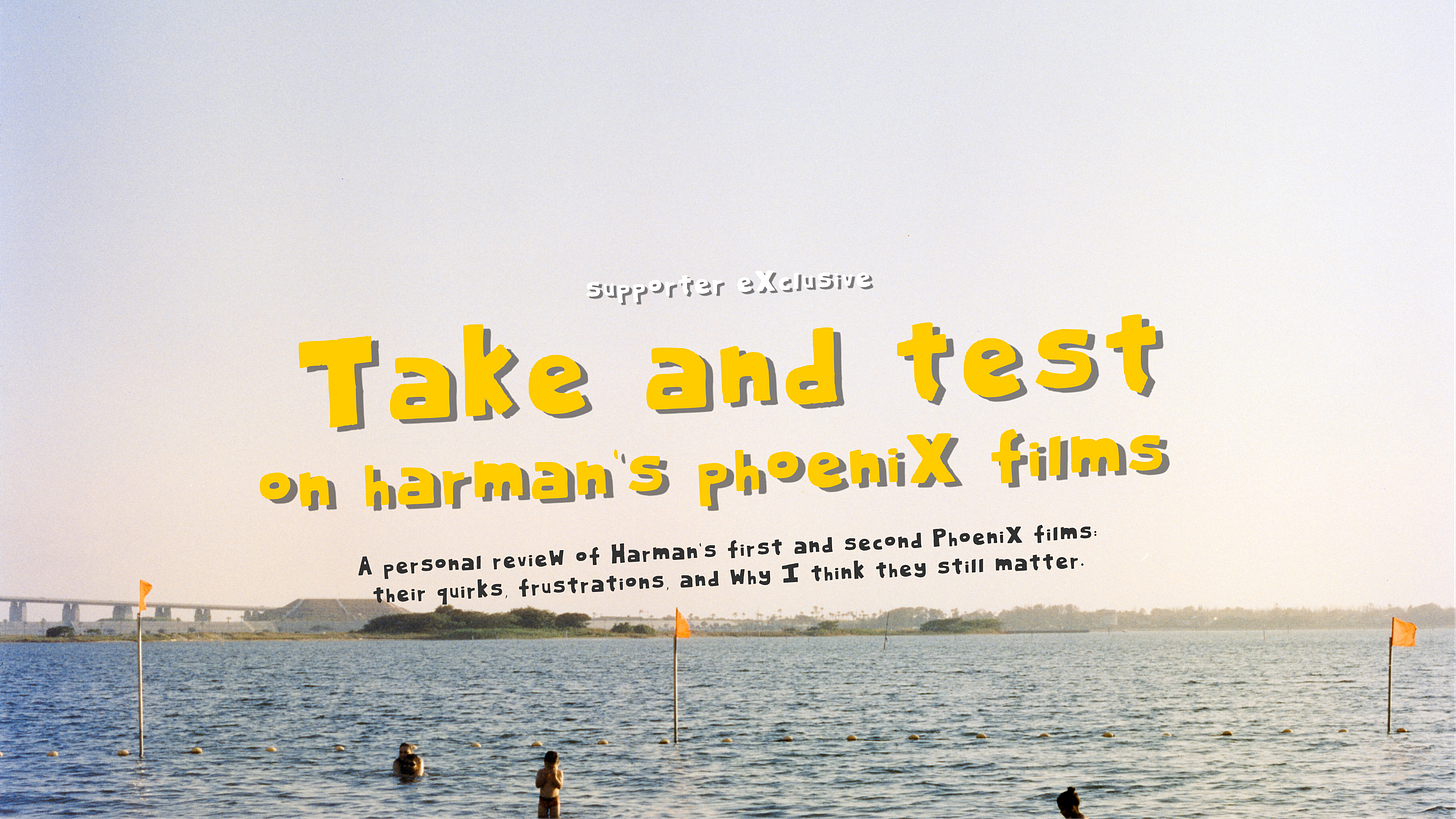Take and Test on Harman's Phoenix Films
A personal review of Harman’s first and second Phoenix films: their quirks, frustrations, and why I think they still matter.
If you’re not a supporter, no worries, I open most content on this post so you’ll be able to read and missed nothing. But if you decided to support, it truly means a lot! 🙇🏻♂️
When Harman first dropped Phoenix, I remember thinking: “wow, a brand-new color film in 2024”, that’s already crazy enough. And true to their word, it really did feel “experimental.” The first Phoenix was chaotic, unpredictable, sometimes frustrating… but kind of exciting in its own way. (although, spoiler alert, it seems like it’s not my kind cup of tea).
And recently they’ve released Phoenix II, which is supposed to be a more refined version. So I shot both on 35mm (and the 120 version for Phoenix II), doing some exposure test, comparing lab and home scans as well. Here’s how it went for me.
Phoenix I — Kinda chaotic lol
Shooting Phoenix I honestly felt like rolling dice. The grain is huge, the colors are bold and warm, and if your metering is even slightly off, you’ll notice it right away. Shadows go muddy, highlights blow out.
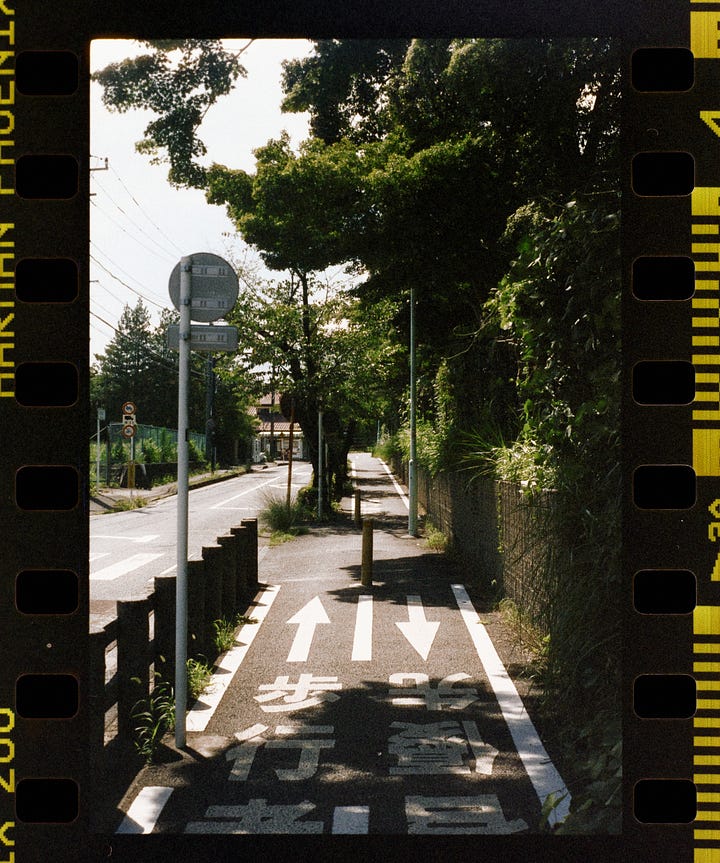
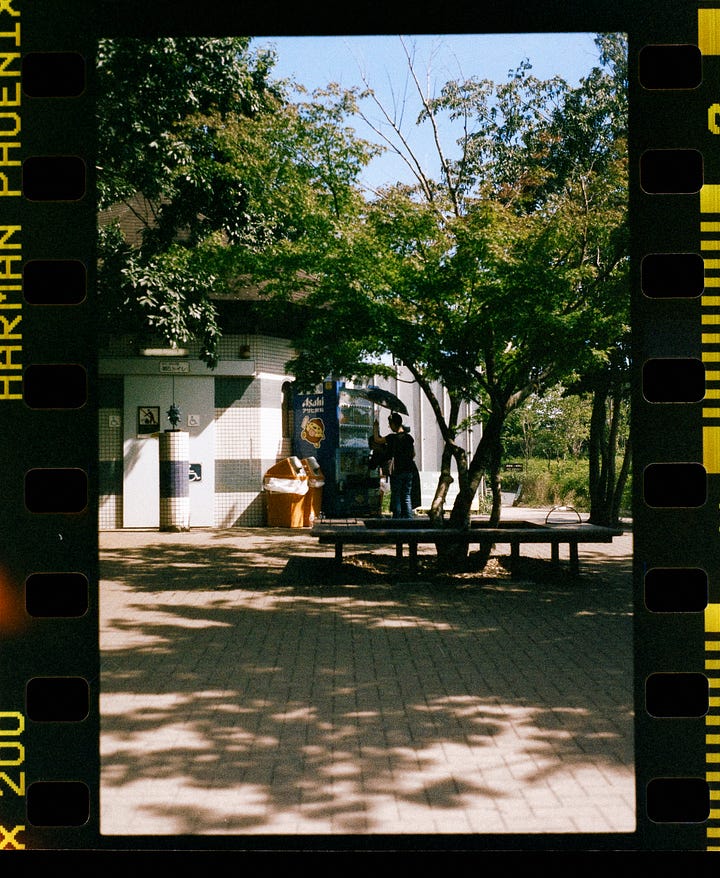
It’s hard for me to say that “OK this photo is good” on the results of my first roll on this film. I make sure that I did correctly on light metering to avoid mistakes on my end. Some of my shots came back with this gritty, punchy vibe that I haven’t seen from other films. It’s messy, but it has character. But, I don’t think this film is for me..
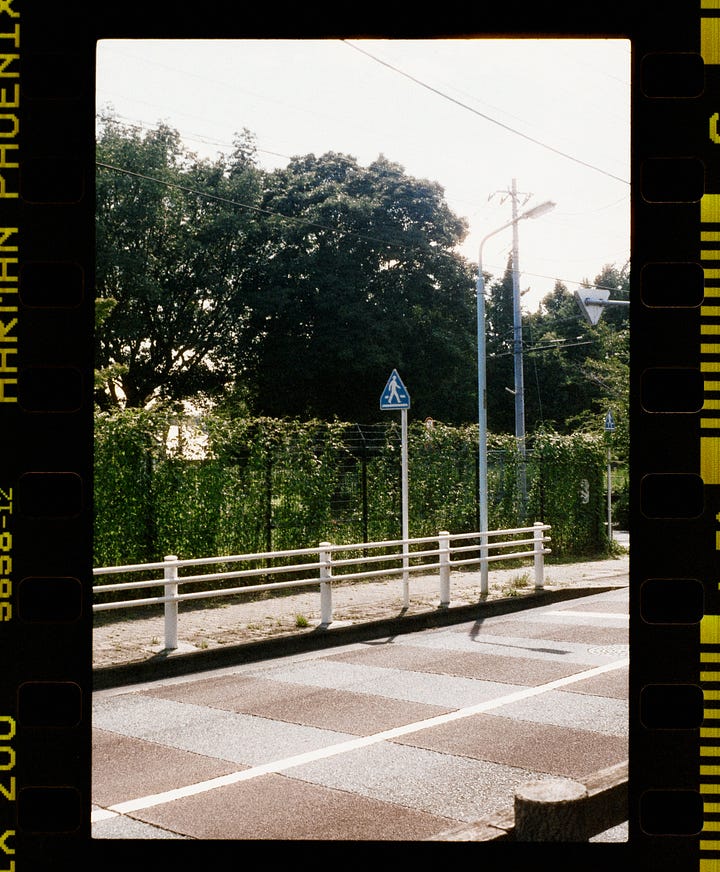
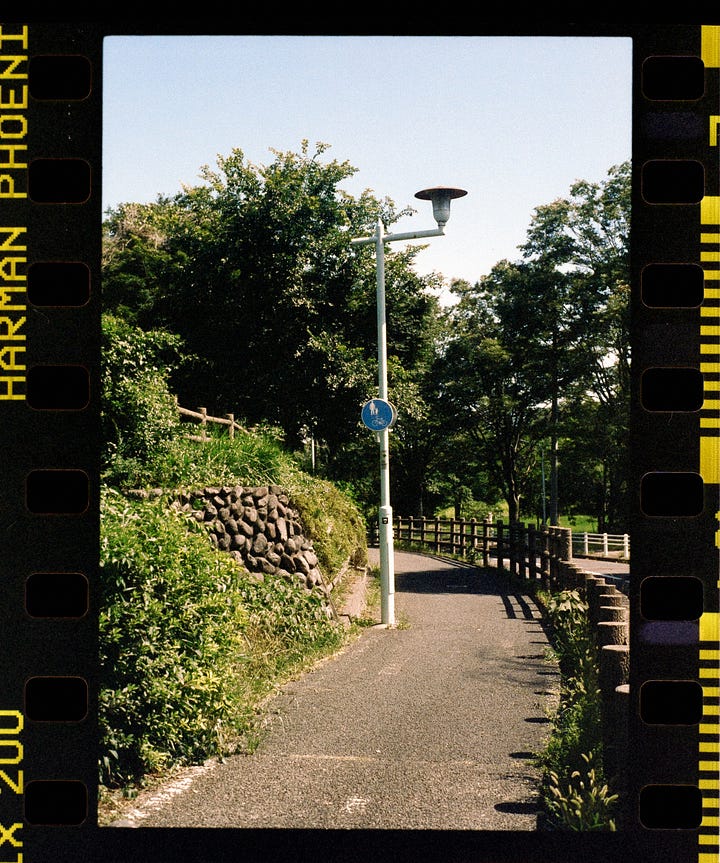
The thing is, it’s not an easy stock to live with. Scanning is tricky without the orange mask, and in 35mm especially, that chunky grain can overwhelm the details. Some people found it easier to work with in 120, where the bigger negative calms things down a bit.
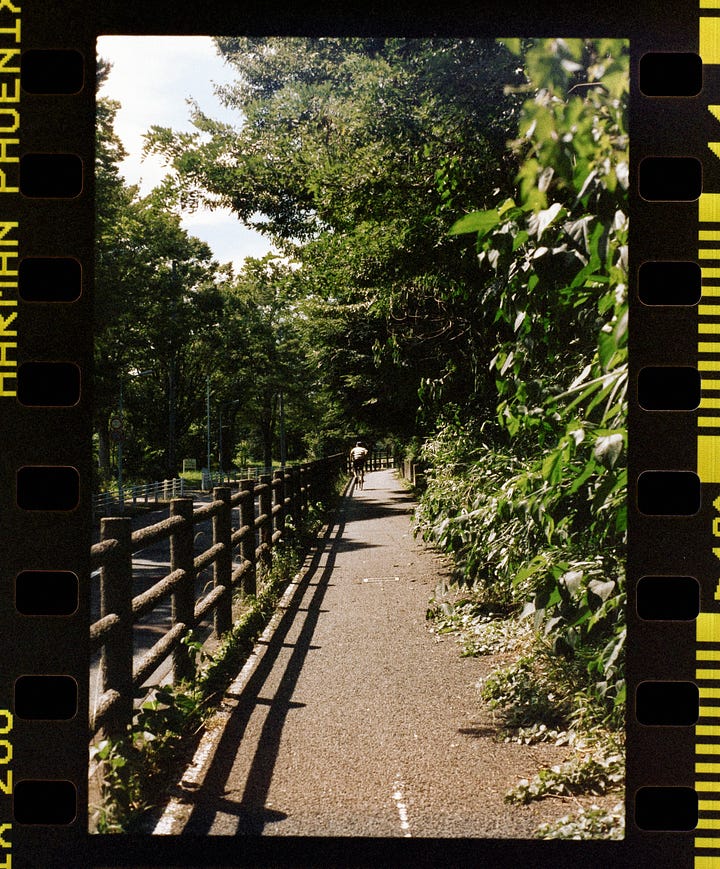
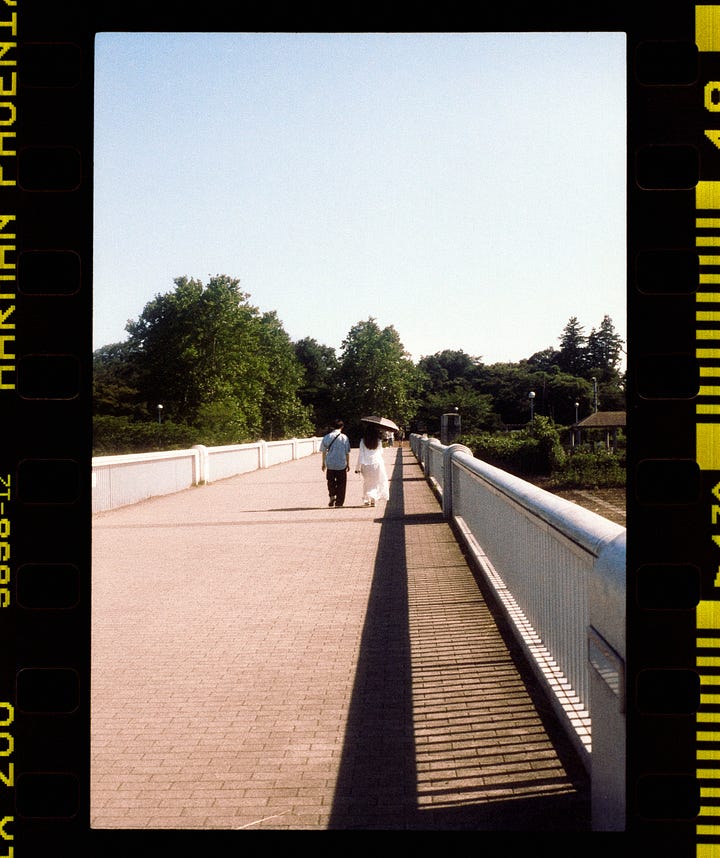
Exposure test
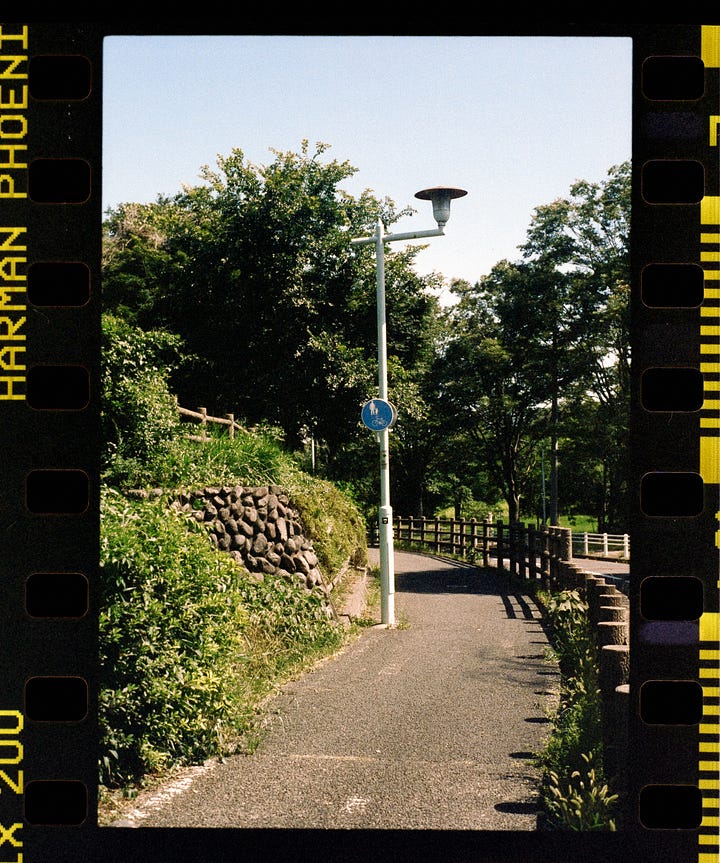
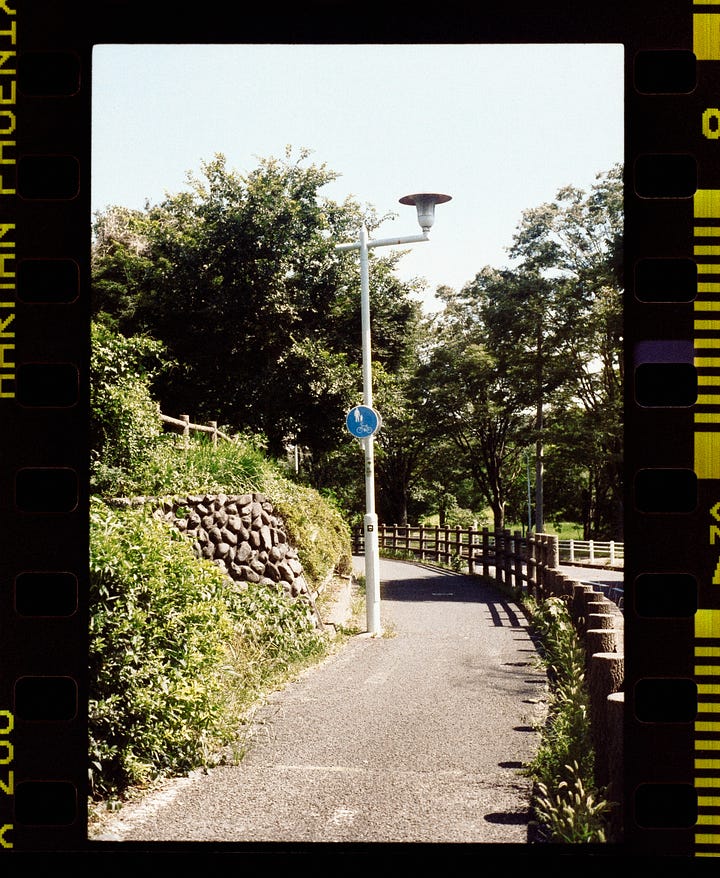
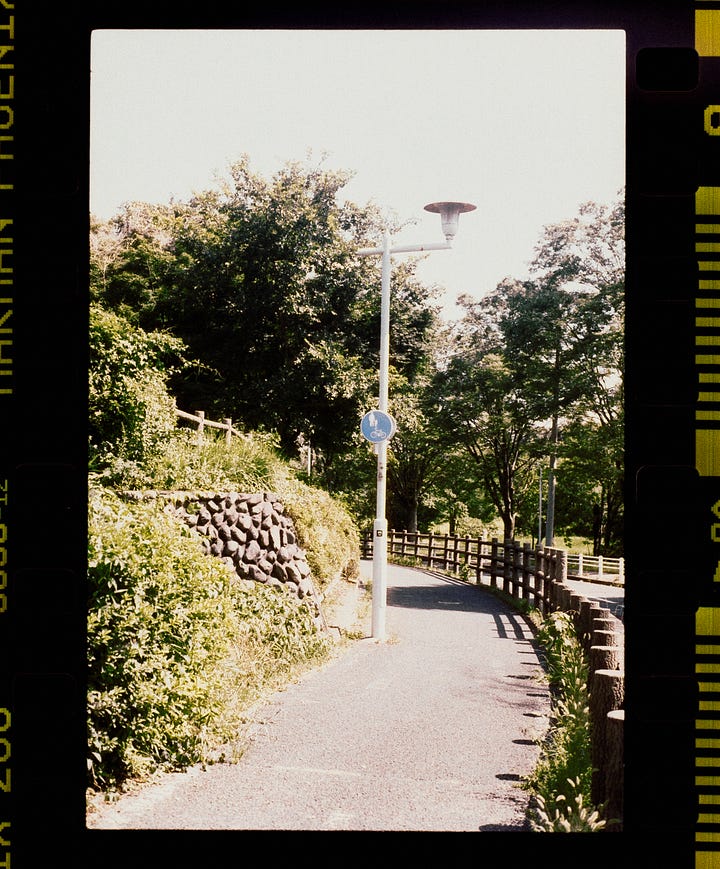
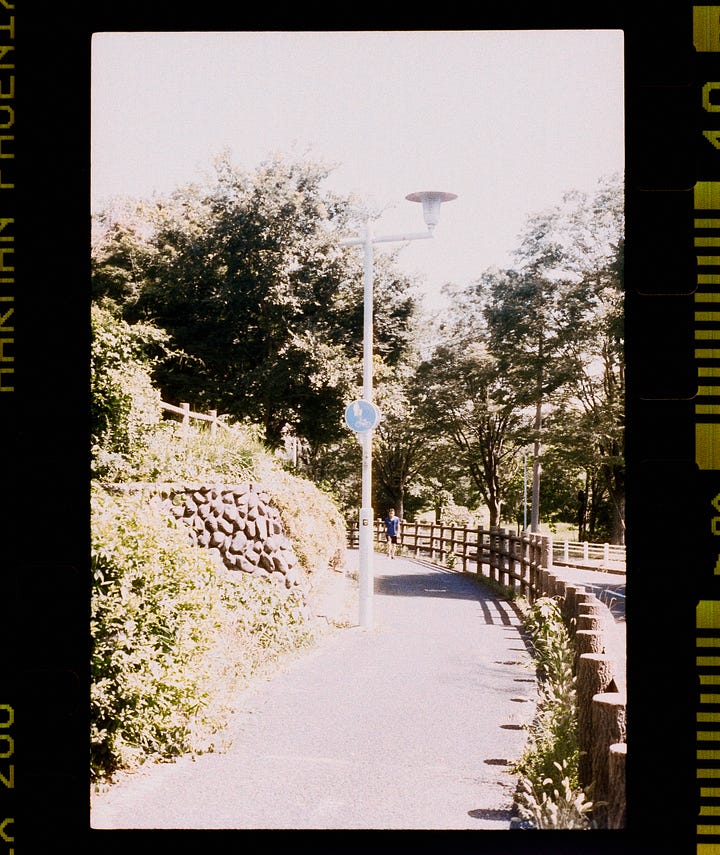
I also did a little exposure test with Phoenix I, just to see how much room this film actually gives. And honestly, it doesn’t give much. The overexposed +1 shot looks decent, but as soon as I overexposed by two, highlights blew out fast and the colors shifted in unpredictable ways. Box speed wasn’t any kinder, shadows turned muddy and grain swallowed up detail. This test confirmed what I already felt while shooting: Phoenix I has very narrow latitude, and it really demands accurate metering if you want consistent results. In 120 you might can get away with a bit more, but in 35mm it’s a tightrope walk.
Lab scan vs Home scan
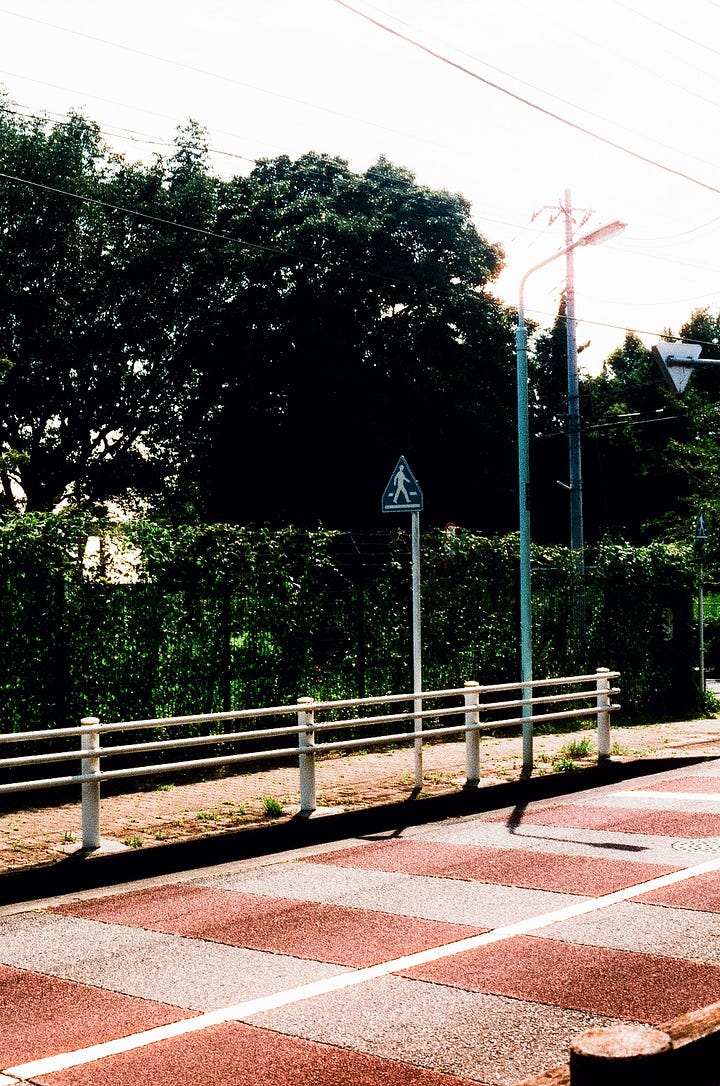
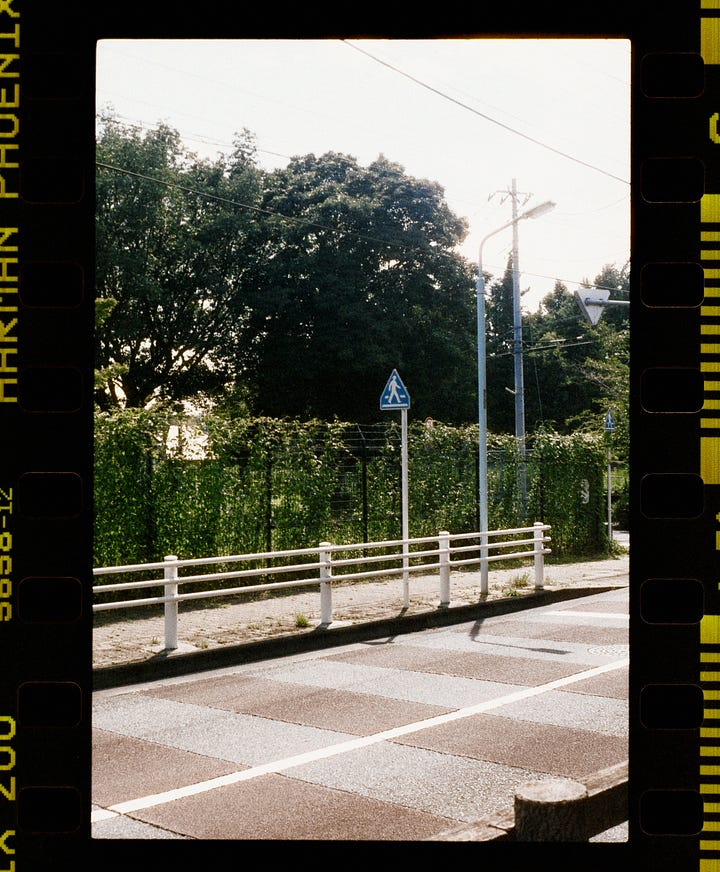
Here’s an interesting one. The photo on the right is my own scan, and the one on the left is from the lab. Same negative, totally different look. The lab version came back with this really strange, almost nuclear color shift that just doesn’t match what I saw when I shot it. My scan feels closer to reality, even if it’s not perfect (FYI, I didn’t do anything crazy. Just normal convert and slight adjust). I think part of this comes down to Phoenix being such a new film, a lot of labs still aren’t used to handling it, and the results can end up looking way off. It’s one of those stocks where doing your own scans really pays off, at least for now.
Phoenix II — A Big Step Forward
Phoenix II feels like Harman went back to the lab and actually listened. It’s not just a little tweak, it’s a pretty good upgrade.
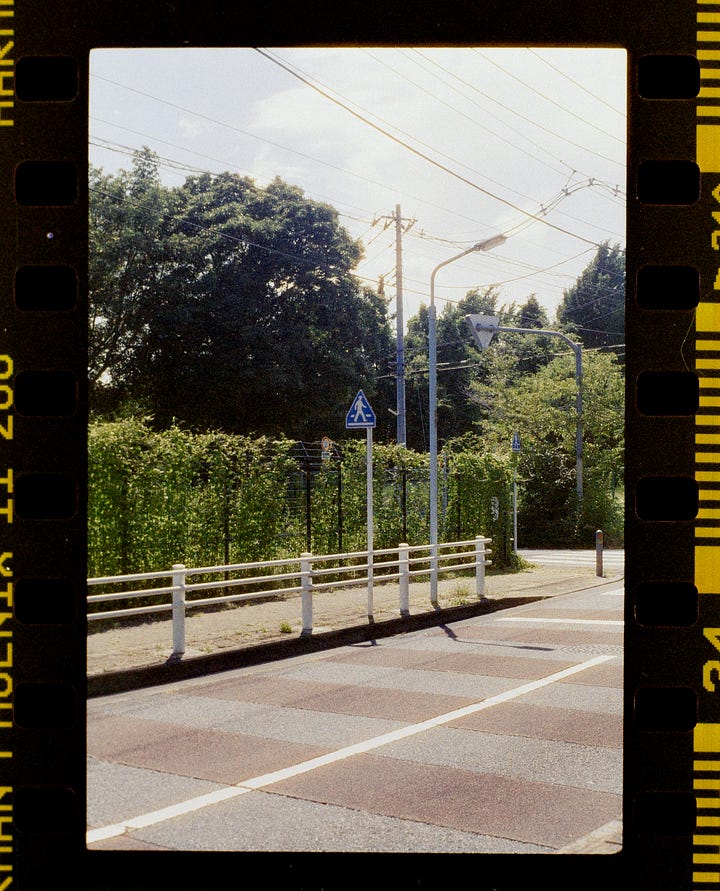
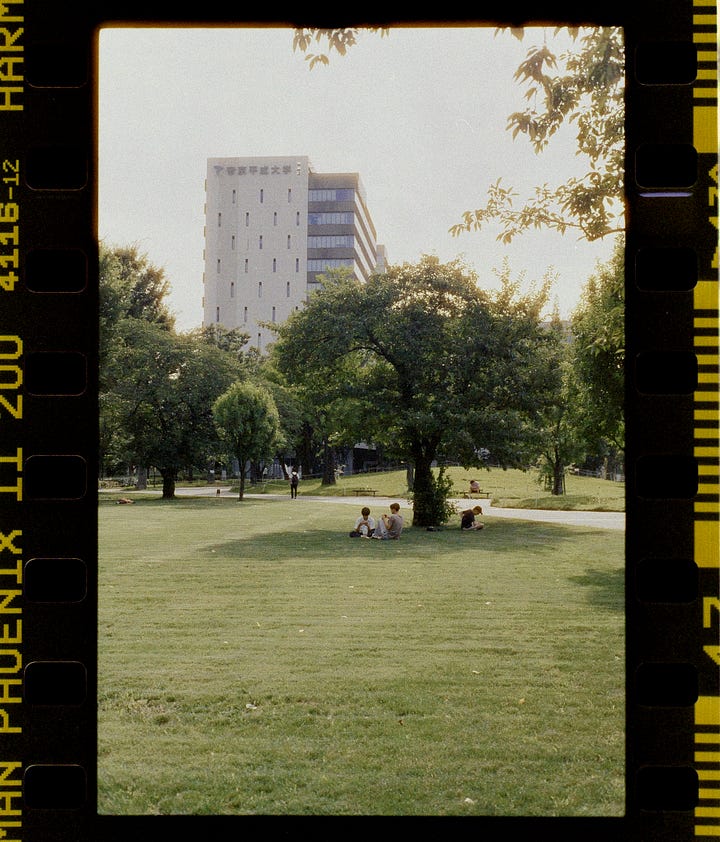
The colors are more balanced, shadows hold detail, and it gives you more room to mess up exposure. Grain is still very visible, but in medium format it has this crunchy texture that actually looks nice.
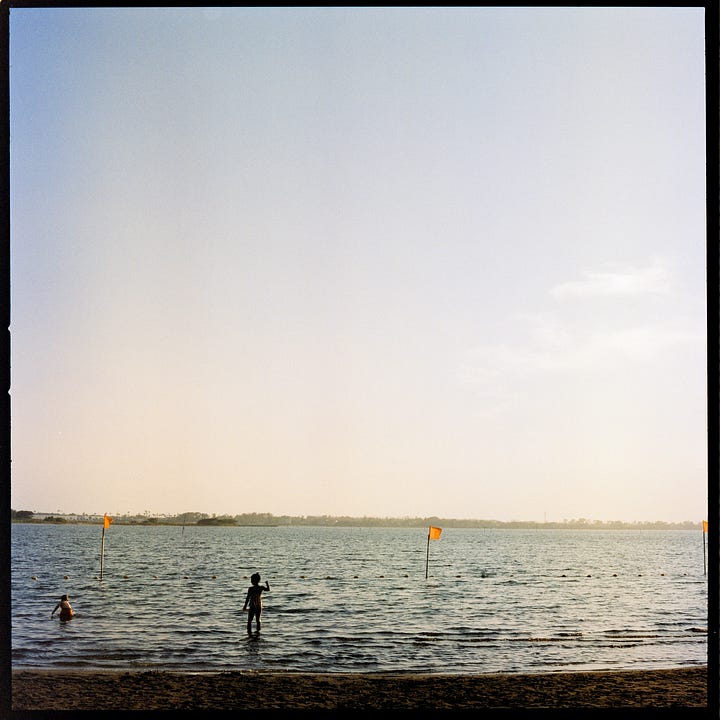
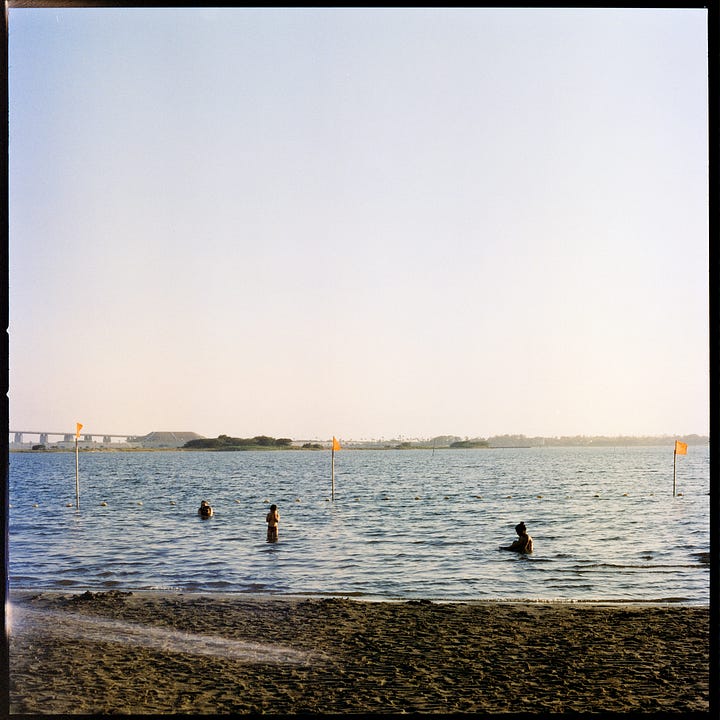
In 35mm, it’s still unforgiving, underexpose and it turns ugly fast. Highlights also bloom with halation (yellow halation, which interesting to me), which you’ll either find beautiful or distracting.
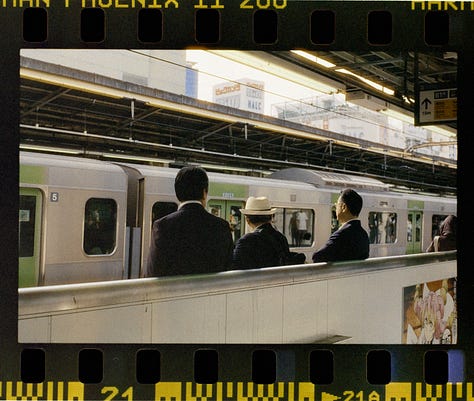
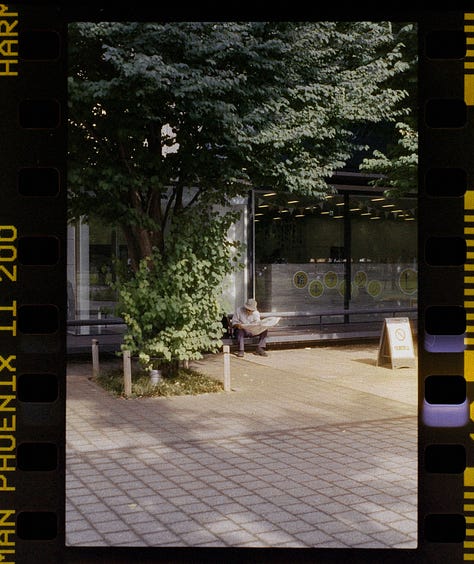
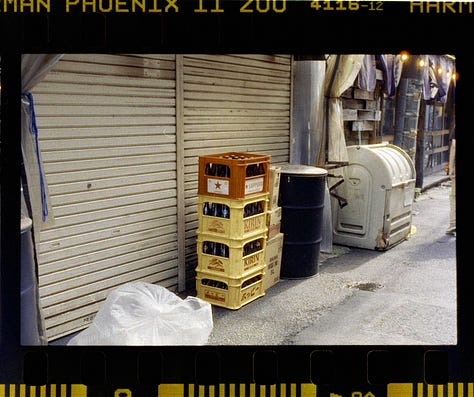
Greens and blues feel a bit more under control too. Phoenix II still has quirks, but I could see myself using it again, especially in 120.
Exposure test
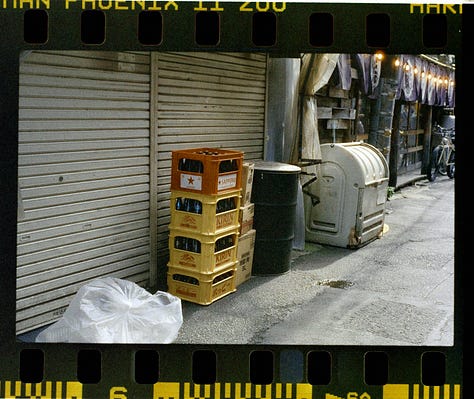
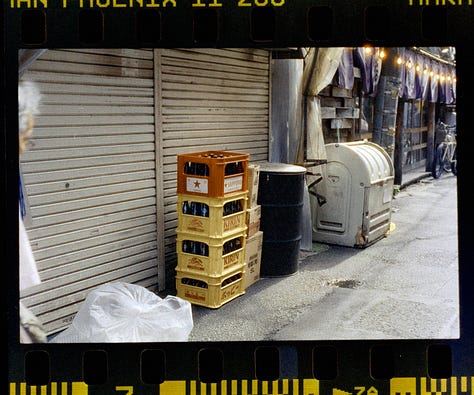
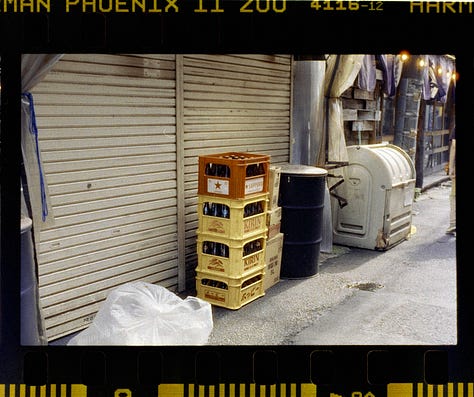
For Phoenix II, I also tried a little exposure test, and right away it felt more forgiving compared to the first version. The correctly metered frame holds up well. Colors look balanced, shadows keep some detail, and nothing goes completely crazy. When I pushed it off a bit, the film still showed its character: grain becomes more obvious, and contrast jumps, but it didn’t fall apart as harshly as Phoenix I. It’s still not a wide-latitude film like Portra or Gold, but at least with Phoenix II you’ve got a bit of room to breathe. That alone makes it feel less stressful to shoot.
Lab scan vs Home scan
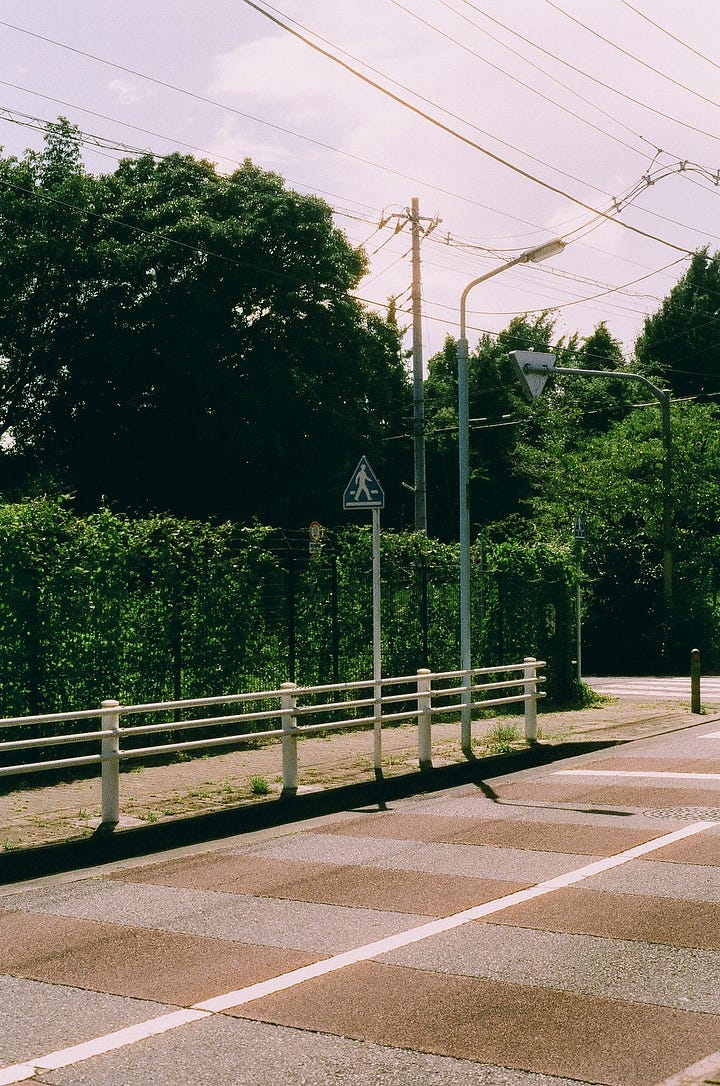
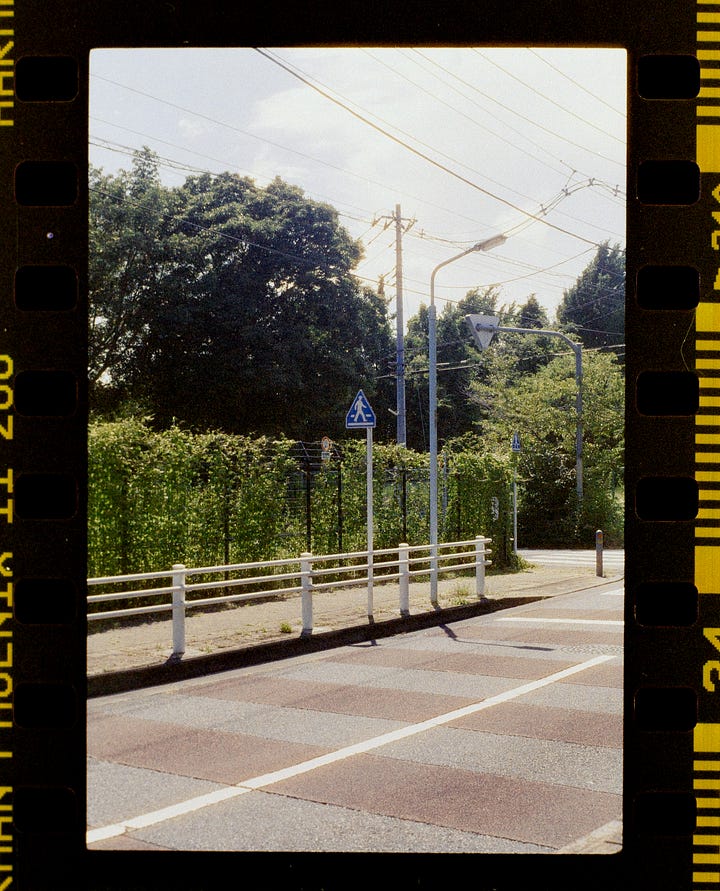
Here’s another lab vs home scan example, and once again the difference is night and day. My scan on the right feels closer to what I actually saw. The colors are a bit muted but still believable. The lab scan, on the other hand, came back with strange shifts that don’t really suit the scene at all. I think the reason is the same as with Phoenix I: this film is still new, and not every lab has figured out the best way to handle its quirks. Until they do, I feel like home scanning is the safer option if you want results that actually represent what you shot.
💡 Note: This post is part of my supporter-exclusive series. But even if you’re not a supporter (yet), I’ve left almost all the content on this post open because I want it to still be useful for everyone. So if you stop here, you’ve missed nothing :)
If you’d like to see the full piece (usually my personal take or conclusion) or simply want support me so I can creating more of these deep dives and keep my kitchen running, you can subscribe as a paid supporter here on Substack. Or, if that’s not for you, even a small gesture like Buy Me a Film Roll means a lot and helps me keep going. No pressure tho 😉
Who This Film Suits
Keep reading with a 7-day free trial
Subscribe to Frame by Frame to keep reading this post and get 7 days of free access to the full post archives.



